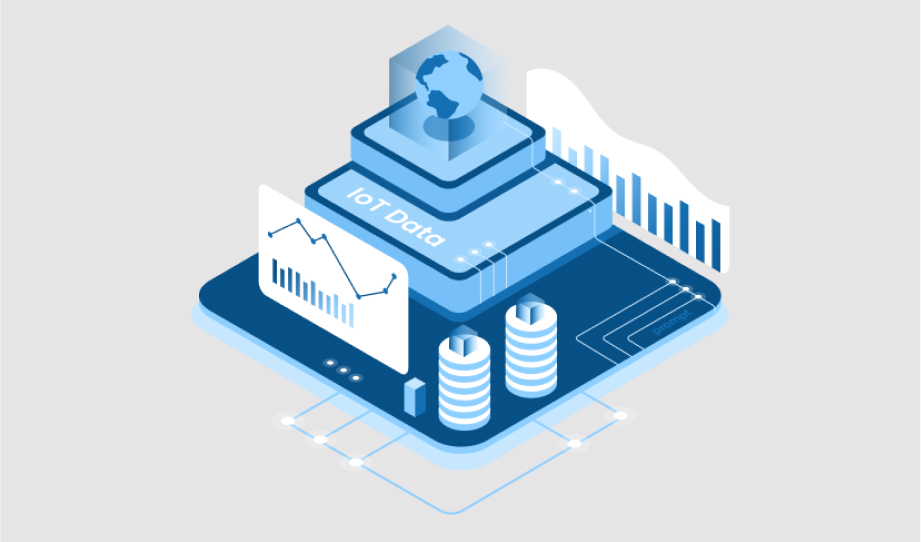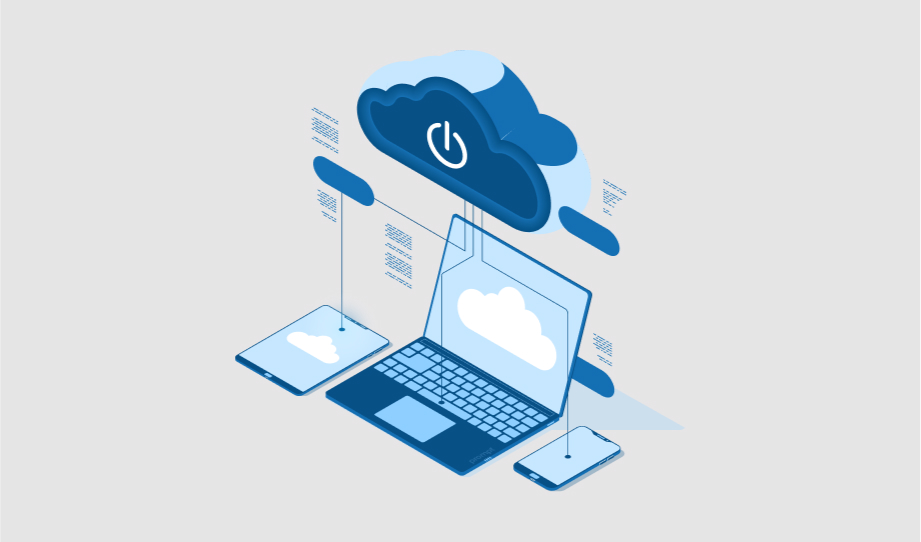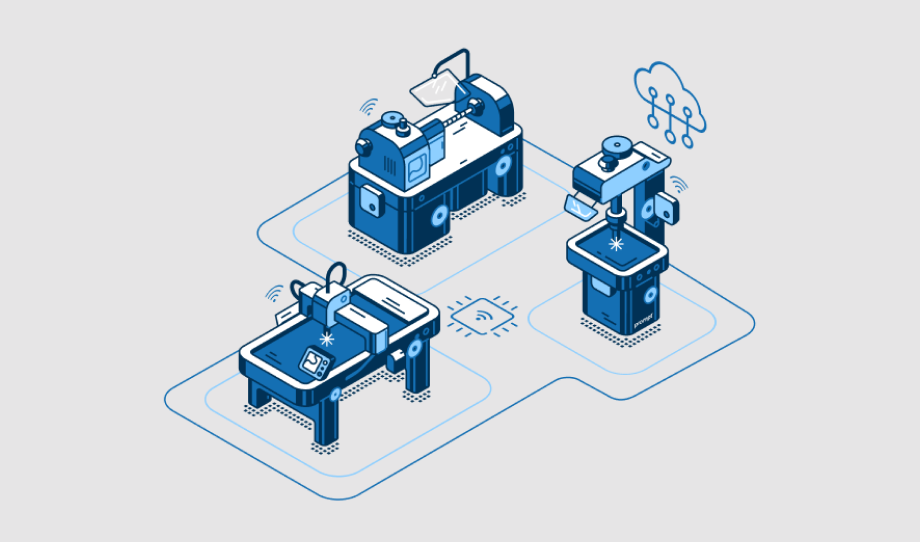How can Sustainability Change the Industrial Data Architecture?
Sustainability should not just be correlated to environmental policies; this term is now essential to business…
IoT Digital Transformation is on the Way to Change the Business Outlook
The Internet of Things, also known as IoT, is the interconnectivity of physical devices, vehicles, people,…
Energy Harvesting and IIoT: Sustainability for the Industrial IoT
The world is encountering tremendous economic and ecological changes along with challenges. The futuristic technologies are…






